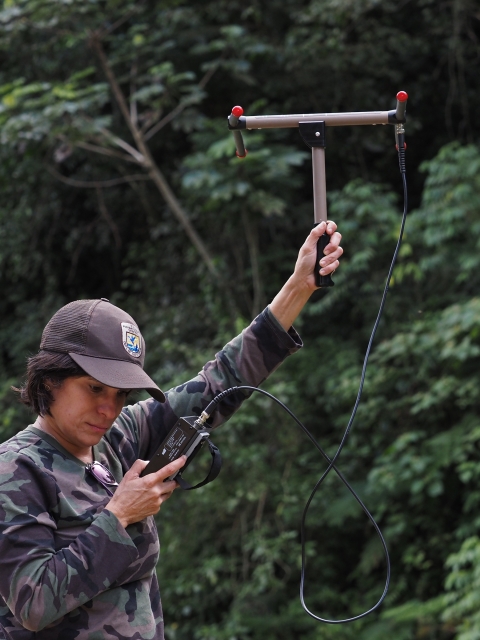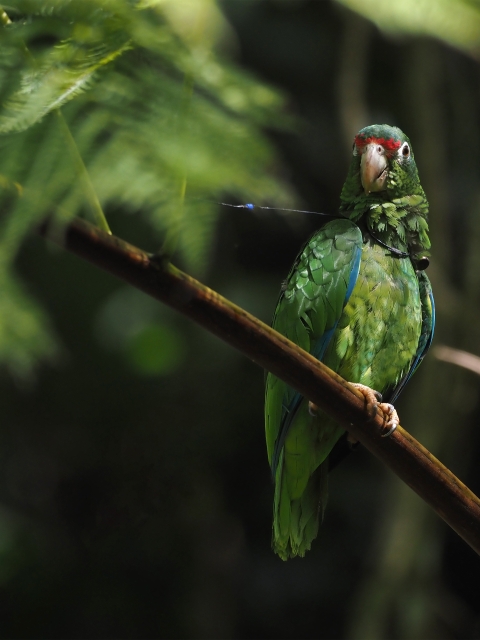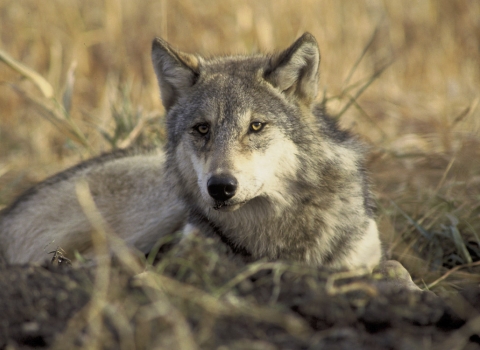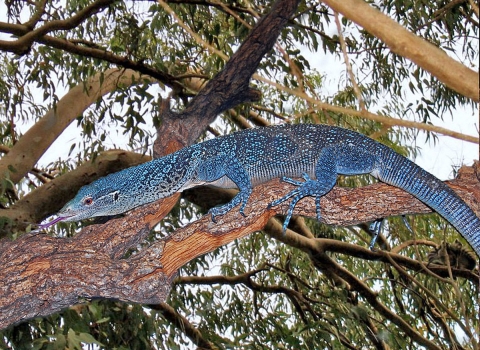San Juan, Puerto Rico – While some animals rest during the winter months, Puerto Rican parrots are taking flight.
In January and February this year, personnel from the U.S. Fish and Wildlife Service released Puerto Rican parrots into the wild at the Maricao State Forest. Over a seven-week period, they released 32 parrots in three small groups. Parrots were also released on El Yunque National Forest. Here, in two separate releases over the course of two weeks, 31 parrots were released into the wild.
The release locations differ but share a common purpose – to help the endangered bird recover after the devastation of Hurricane Maria.
It is hard to overstate the impact that a category 4 storm had on the Puerto Rican parrot, a species limited in range to Puerto Rico and the only native parrot in the United States. Hurricane Maria hit Puerto Rico on Sept. 20, 2017. It knocked out the U.S. territory’s power, prompted flooding across the island and snapped trees like pencils. Its high winds also shredded leafy parrot habitat at El Yunque and elsewhere. A mere two weeks prior, on Sept. 6, 2017, category 5 Hurricane Irma had hit. With back-to-back hurricanes, the parrots' home was decimated.
At the time, the national forest was home to 56 wild birds. Some of them died during the storm, while others that survived the storm itself died from starvation or increased hawk predation because of Maria’s aftermath. The storm also suspended the Service’s plans to enhance parrot populations on the island until now. The agency had scheduled a 42-parrot release in Maricao, but instead relocated the birds to the aviary at El Yunque. The Service restarted its parrot-release program in December 2020. Since then, it has released 81 birds. While the Service has the lead for the wild population at El Yunque National Forest and Maricao, the Puerto Rico Puerto Rico Department of Natural and Environmental Resources has the lead for the wild population at the Rio Abajo State Forest, and they have also been very active releasing birds into the wild at that location since 2019.
“The Puerto Rican parrot is not only emblematic of the island’s beauty but also a symbol of resiliency,” said Leopoldo Miranda-Castro, Regional Director of the South Atlantic-Gulf and Mississippi regions, which includes Puerto Rico. “Despite the devastation from Hurricane Irma and Maria, working with our partners we have achieved this huge milestone and have this beautiful bird back on the road to recovery,” he added.
Now, with the latest releases, the Service estimates that Puerto Rico is home to about 250 wild parrots at Maricao, El Yunque, and the Río Abajo State Forest. These most recent releases highlight a 30-year partnership between the Service, the Puerto Rico Department of Natural and Environmental Resources, the U.S. Forest Service, the National Fish and Wildlife Federation, Para La Naturaleza/The Conservation Trust, Walmart, Herencia and the World Parrot Trust. The Service and the Puerto Rico Department of Natural and Environmental Resources operate two aviaries and three populations in the wild with the important close assistance from the U.S. Forest Service. The aviaries house close to 469 birds in captivity.
Those breeding efforts have borne fruit; biologists say wild parrots are breeding in El Yunque and Rio Abajo. From zero wild birds to a breeding population – proof that hard work pays off. Introducing captive birds into the wild to establish new populations is helping the recovery of the Puerto Rican parrot. For the first time in history, the Puerto Rican public can see a wild parrot fly over El Portal.
Visitors and residents living near the two release areas should be alert to any parrots and report their sightings to the Department of Natural and Environmental Resources at 787-724-5700, the Department of Natural and Environmental Resources Law Enforcement at 787- 244-0081, or the Service at 786-244-0081. Callers also can reach Maricao city offices at 787-838-2290 or 939-269-0409.
If a parrot is sighted, please provide information about the city and other details – where the parrot was observed, how many were observed and if the bird(s) had an antenna or cylinder on its neck. Do not interfere with the bird or try to capture it; that would violate state and federal laws that protect this species.





